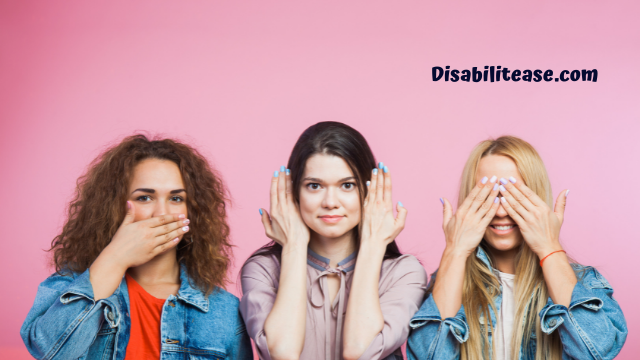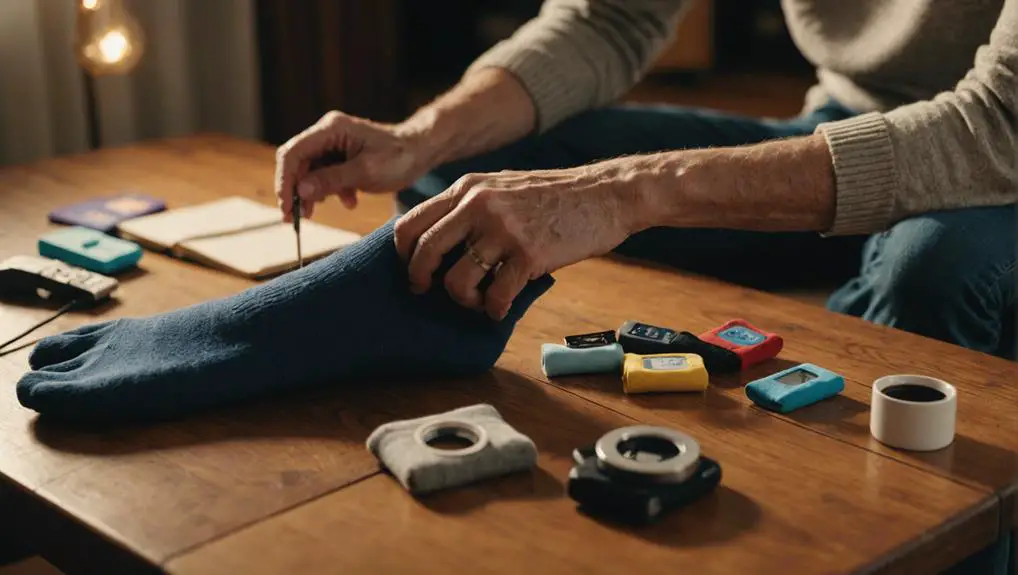Being deaf and blind at a single time is challenging itself. Nevertheless, these people with different abilities find their very own ways of communication.

So how do deaf and blind communicate? These deafblind legends resort to several ways of communicating. Their methods are unique and intriguing. These methods are adopted according to the causes of unfortunate combined loss of hearing and vision.
Another post that will interest you is about How Deaf Was Edison?
Furthermore, educational levels, knowledge acquisition before becoming deafblind, and residual hearing or vision abilities also play their part in the selection of ways to communicate.
In this blog, we would delve deep into these certain communication ways of deaf blind persons. We will discuss at length the forerunning communicative approaches. Let’s see how deaf blind converse aptly.
Table of Contents
How Do Deaf and Blind People Communicate – What is Irish Sign Language
The first and foremost trendy communicative method for deaf blind is Irish Sign Language (ISL). The language attained its name from Northern Ireland origin.
ISL is a fascinating visual language that brings to mind facial expressions, body gestures, movements, and shapes in an out-of-box Imaginative way.
ISL should not be mixed with ordinary sign languages like British or American Sign Languages. It has a unique structure and grammar with some influence from French Sign Language (LSF).
Irish Sign Language was officially legitimized for use in 2017 through the Irish Sign Language Act, 2017 assented by President Higgins on Dec 24, 2017.
Lámh
Lámh is also a thoroughly-crafted sign language for the deaf and blind. This manual language is an evolved form of its earlier version which had previously successfully been used as a facilitating tool for dealing with persons with intellectual disabilities.
Lámh is so far the second most successful method to communicate with the deaf blind as of now.
Hand-over- Hand
Hand-over-hand is a tactile sign language. This language follows a strategic technique wherein the deafblind put her hands over the hands of the signer to sense the actual sign whether it be a shape, location, or movement.
Amazingly, Hand-over-hand has incorporated almost all expressions in its fold.
Hand-over-hand can be single or double-handed. This tactile sign language has two further variants. Firstly, for people who grew up in a deaf community, and, secondly, for those who come from an oral background preferably an English one.
Tactile Fingerspelling
This mode is the best fit for those who lost their hearing sense in later life. It is also recommended to slow learners of ordinary sign language. This way, a deafblind person puts her hand or cup of her hand over the signer’s palm. The message is then efficiently communicated between deaf and dumb.
The Picture Exchange Communication System (PECS)

PECS works on deafblind persons having some residue of usable vision. PECS provides an array of pictures to pick from. Then, these pictures are sequenced in an order to make meaningful sentences.
Modern technology is being leveraged to extract op-amp results through PECS.
Concrete Symbols
“Concrete Symbols” or “Object of Reference” is another nice mode of communication for the deafblind. As the name implies, this strategy associates objects with different particular meanings.
Like, a fork straightaway connotes lunch. After the persistent drill, the deafblind becomes used to sensing the right meaning.
Swell Symbol
Deaf and blind persons also use tactile swell symbols to communicate. Swell symbols are a modification of regular print taken through a general photocopier or printer. These prints are then improvised through a Swell Graphics Machine. This strategy is similar to PECS but more economical and efficient.
Tadoma
This time-tested technique has been a handy tool used by towering personalities such as Anne Sullivan and Hellen Keller. This way, deafblind people read the speech of another person by putting their thumbs on their chin.
Resting them on the chin and fingers on the cheek, the deafblind person senses the vibrations of voice and movement of lips. Nevertheless, of late, this method is rarely used considering the low success rate and added fuss.
Another post that will interest you is about How Do Deaf And Blind Learn Braille? What Is Braille?
Let’s Break the Ice
It’s time to break the silence with our deafblind fellows who have a lot of meaningful discussions to execute. Research says that deaf blind persons are intellectually much more mature thanks to repeated bouts of mediation and having a cocooned aura.
Conversation with them will be no less beneficial than Ted Talk. Have a try, it’s as easy as a cakewalk.

Hi, my name is Eddie, I am a professional trainer specializing in the elderly population and I’m also a website designer. I love training in the gym, going to the beach, traveling, and having good food.
I combined my love for sport and website designing to make “DisabilitEase” whose purpose is to help elderly and disabled people live a more full and active life, have more fun, and enjoy their unique journey despite any disability.


